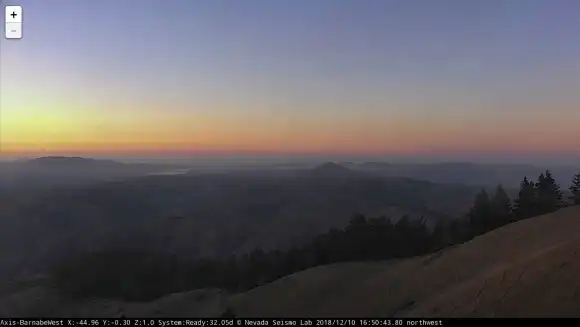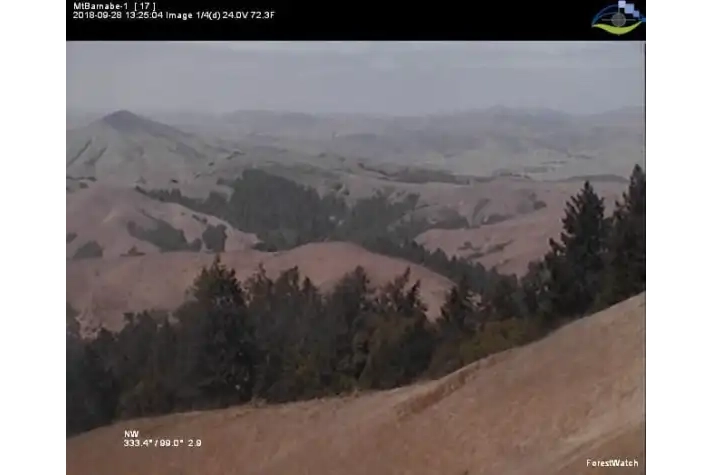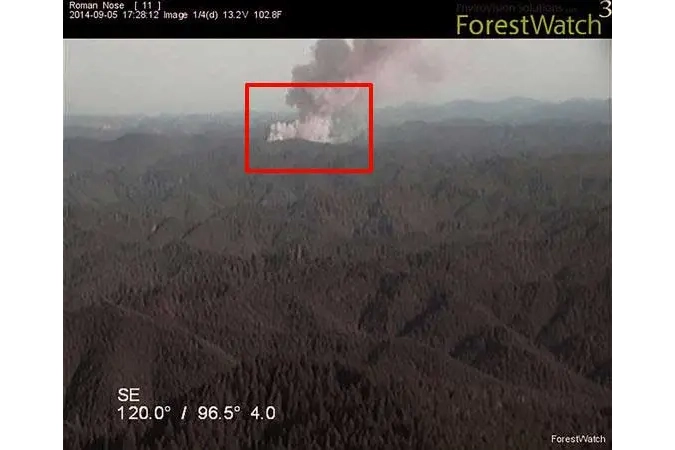During California’s record drought conditions of 2014, Fire Safe Marin, Pacific Gas and Electric Company (PG&E), and Marin County Fire Department collaborated on the installation of Marin’s first high-tech, remote wildfire detection system. Fire Safe Marin donated the $207,000 system, funded through a partnership with PG&E, installing the special cameras on four critical peaks in Marin county, and support software, servers, and panoramic monitoring displays in the Emergency Command Center in Woodacre where dispatchers have access to the system 24-hours a day.
Updated in 2018 to high definition cameras with better individual control, the system serves to assist firefighters in identifying new wildfire locations and to monitor fire behavior and smoke conditions from existing fires.










